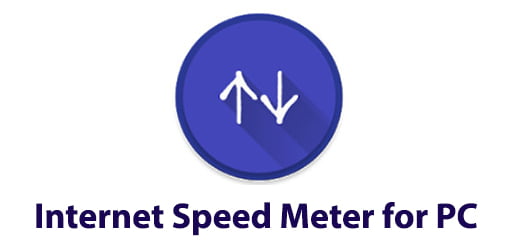

If you're not happy with your ISP's response, follow our guide on how to complain about your broadband speed. If your speed drops below this, your provider must improve it within a month – if it can't, it must allow you to exit your contract penalty-free. If your broadband contract started after March 2019 and you're with one of the providers that has signed Ofcom’s voluntary code of practice (BT, EE, Plusnet, TalkTalk, Utility Warehouse, Virgin Media and Zen Internet), your provider must give you a minimum guaranteed speed when you take out a new contract. Start by providing evidence of your internet speeds – it's a good idea to keep a diary of interruptions and to regularly use the speed checker tool to build up a true picture of your service.


We suggest calling your internet service provider (ISP) as a first step to see what it can do. However, if you've done everything you can to speed up your connection and you're still getting a lower speed than you were promised, your broadband provider may be in breach of contract. If your speeds are significantly less than you expected, there are steps you can take to improve things – get started by checking our advice on Speed up slow broadband. What you can do if your broadband speeds are slow The results also only show the speeds you're getting on the device you're using for the test – the speed your provider is delivering to your home may be higher, especially if you're performing the test wirelessly at some distance from your router. To build an accurate picture, we would suggest you run several tests during a single week, in peak use time (between 8pm and 10pm) and during off-peak times. It's important to note that the speed test results only represent a snapshot of your broadband connection at the time of testing. However, if you use your broadband connection for video calls or online gaming, keep an eye on the upload rate, too, as it's essential for both. The upload speed shows the rate that data is transferred from your device to the internet – how quick it is to upload a photo or document to an email, for example.ĭownload speeds are usually of more interest, as most tasks require you to download information, for example searching online for information. The download speed shows the rate at which data is transferred from the internet to your device – how quick it is to access a newspaper article online or stream music, for example.

This is needed for applications where timing is everything, such as interactive video games. More responsive connections are those with a low number of ms (meaning they take less time to respond).


 0 kommentar(er)
0 kommentar(er)
